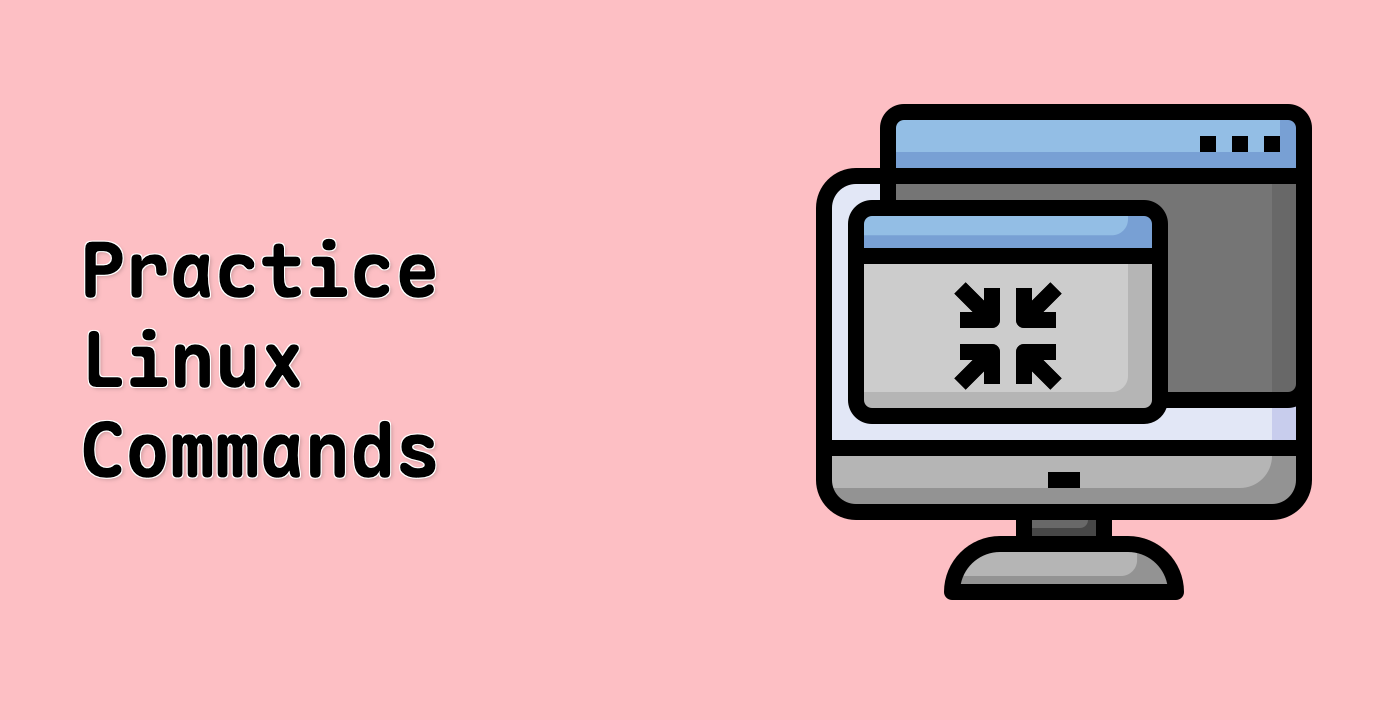Vim Workflow Mastery
Vim Configuration Management
Vim's powerful customization allows users to create personalized editing environments through configuration files:
## Vim configuration location
~/.vimrc
| Configuration Option |
Purpose |
| set number |
Display line numbers |
| syntax on |
Enable syntax highlighting |
| set tabstop=4 |
Configure tab width |
Plugin Ecosystem
flowchart TD
A[Vim Plugin Management] --> B[Plugin Managers]
B --> C[Vundle]
B --> D[vim-plug]
B --> E[Pathogen]
Advanced Configuration Techniques
## Plugin installation example
call plug#begin('~/.vim/plugged')
Plug 'preservim/nerdtree'
Plug 'dense-analysis/ale'
call plug#end()
Troubleshooting and Exit Strategies
## Force quit without saving
:q!
## Save and quit
:wq
## Recover from unexpected exits
vim -r filename
Customization Workflow
## Create custom key mappings
map <F2> :NERDTreeToggle<CR>
map <leader>s :w<CR>
## Disable swap files
set noswapfile
## Improve rendering speed
set lazyredraw




